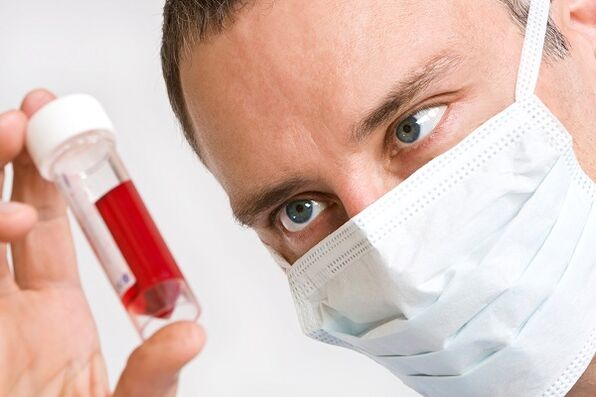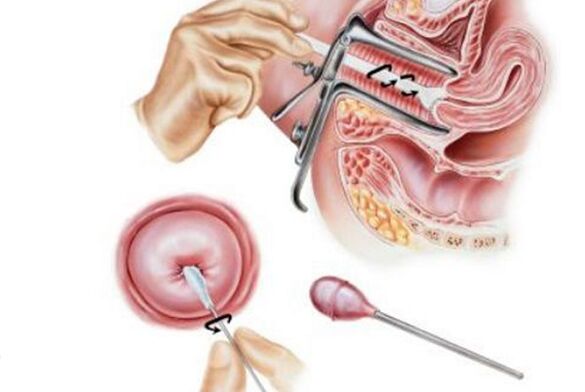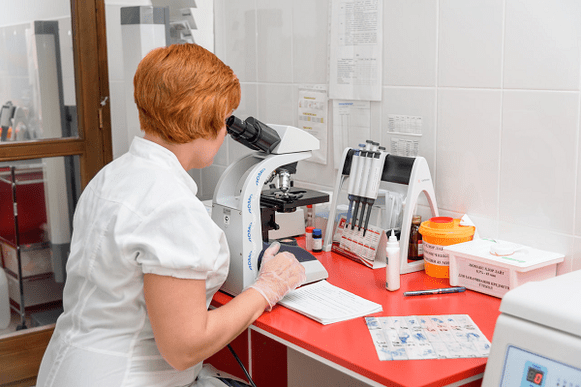If you need to get tested for HPV, there is nothing to worry about. Most procedures are painless at all, and some patients tolerate them. Here are some common questions about taking the test.
What is HPV?
Human papillomavirus is a microorganism that contains the cellular structure of DNA. When introduced into the human body, HPV DNA causes mutations, which lead to irreversible processes. Most people are carriers of the virus, but few people understand this because the virus is not visible in any form.
As soon as the body stops working, the immune system weakens and the body grows. For all formations on the skin, except acne and pimples, it affects HPV. If left untreated, the growth can develop into a cancerous growth that can lead to benign warts, cervical cancer in women, and urethral cancer in men.
Why is the human papilloma virus dangerous?
When papillomas, warts, or genital warts appear on the body, the average person cannot distinguish them from others by mistaken them for something that cannot cause harm.
It's not simple - a small papilloma can be so large that it causes a lot of inconvenience - from aesthetic discomfort to the development of cancer. More than 130 strains of human papillomavirus are known, and each appears in different ways.

Most of these are types 16 and 18, which cause cancer of the mucous membranes, cervix, vagina, genitals and other similar diseases. Because a person is initially unaware of the presence of the virus in the body, HPV develops slowly and after 5-10 years sees changes in the human body in the form of growth.
Papilloma analysis can be performed at any clinic. After 40 years, more than half of the wounds become dangerous. Early diagnosis can help prevent premature aging.
Why test for human papillomavirus?
In order to protect against oncogenic diseases, it is necessary to identify potential threats to life and health in a timely manner. With a wide range of causes, HPV is transmitted from person to person through close contact - hugging, kissing, sexual intercourse, and the use of common hygiene products.
The virus takes root under the skin, disrupts the body's DNA structure, and mutates throughout the body. When the immune system fails, HPV appears on the skin in the form of warts, papillomas and similar rashes. Only an examination can detect the virus at an early stage and prevent its further spread.
When is an HPV test scheduled?

When the first signs of the disease appear on the body, the doctor can also see them by visual inspection. The HPV test is designed to understand where the virus came from in the body, identify the type, and then eliminate it.
Even though not every infected person can be diagnosed with cancer, no one wants to be tempted by fate, so an analysis is needed. If a woman is planning to become pregnant, she should be tested for HPV because the virus can easily enter the baby. The father should not be indifferent either, as he may be a carrier of the papillomavirus.
Features of testing for HPV
It is considered undiagnosed to diagnose HPV before the age of 30 because the disease takes place away from human eyes. After the age of 30, the first tests will be ordered to detect the papillomavirus at an early stage.
The shorter the time since the infection, the more effective the subsequent treatment. It is necessary to determine when normal cells begin to turn into cancer cells. Methods for detecting human papillomavirus depend on several factors:
- Identification of the virus and the fact of its presence in the body
- Find out the type
- Assess the damage caused when the person does not seek medical attention
- Write a high-quality and effective treatment
Note:The virus never leaves its owner completely because it already interacts with the body's DNA cells. HPV remains dormant until the immune system is weakened.
What tests should be done to detect HPV?
- Colposcopic examination. HPV tests are performed on women in this way. It is designed to identify genital warts. It is prescribed to women to identify the gonads located in the area of the cervix.
- Cytology. An ointment containing epithelial cells is obtained, and the samples are then examined under a microscope. If the cells are altered, there is a risk of contracting HPV. There is a risk of false results.
- Histology. This is in addition to cytology to correct the error. A small piece of affected tissue is removed, and the doctor uses a microscope to assess the complexity of the position. The nature of the formation can be determined by histological examination.
- PCR diagnostics. The most accurate way with 98% accuracy. A swab, urine, blood or amniotic fluid is taken
If at least one test detects the presence of the virus, the patient is sent for additional testing to ensure the accuracy of the results. If the result is found to be false positive, it may be due to contaminated test material or a violation of the generally accepted sampling technique.
Sometimes patients prepare the test incorrectly or choose the wrong time for the procedure - these factors can also lead to false results.
Testing rules
In addition to relying on the doctor, the patient should follow the analysis process and know the basic processes. The doctor is a specialist, but the health belongs to the patient.
How is biomaterial obtained?
Use with a soft brush like a brush. Volkmann spoons are sometimes used in free clinics - these are small spoons on a long stalk. Such a brush is gently inserted into the channel and then removed by rotating movements. The brush is placed in a sterile container and sent for further study.
How to prepare for the procedure for women
2 days before the procedure, do not have sex, use soap with antibacterial effect, use a shower, tampon. If the cervix is swabbed, do not have sex, exercise, have a fever, swim in public places, or take blood thinners for 3 weeks after the procedure.

How to prepare for the procedure for men
Sex is removed, shower for 2 days without detergent. Do not urinate before the procedure.
General preparation for the procedure
The doctor should be informed about all medications taken by the person in the last 2 months.
How is an HPV blood test performed?
Used for PCR diagnostics. Depending on how the person is tested, sometimes from a finger or a vein. A slight tingling from the injection is the maximum inconvenience of the procedure. If the vessels in the elbow area are narrow, the process of drawing blood will be difficult, but your doctor will tell you how to dilate the vein properly.
The procedure is performed on the stomach, you can not even drink water. It is advisable to take chocolate with you. All foods that cause an allergic reaction should be removed from the diet 3 days before the blood transfusion.
How is urine tested?
It is best to take care of the sterile jar yourself. You can buy it at the pharmacy. Collect morning urine on an empty stomach. Then examine it, preferably immediately, the maximum time - 4 hours or the result will be invalid. This method is not as accurate as taking blood, but if blood transfusion is not possible, you will have to use this method.

How long does it take for women and men to be tested for HPV?
If a colposcopic examination is performed, the results are issued immediately. The results of cytological examination will be ready in a week. Histology is performed for 3 days, after which you can receive the test results. With PCR diagnostics you can get immediate results or wait up to 2 days.
When and how often should you be tested for HPV?
Only those with clear signs of growth in the body before the age of 30 are considered. HPV usually falls asleep at this age and does not spread throughout the body.
People between the ages of 30 and 60 should be tested every 3 years. The level of immunity is declining, so the symptoms of human papillomavirus should be detected in time.
After 60 years, no examination is usually performed. If the last two tests do not show the presence of the virus, do not worry. If there are symptoms, they should be treated until the last 2 results are negative.
Cost and cost of delivery of HPV tests
Most tests are free of charge when you have a serious illness or cancer. They can be prescribed by an oncologist.
For a complete picture of the development of the virus, 2 methods are usually used to eliminate the possibility of false information.
Decoding the results
Only a doctor should decipher the code. Patient intervention does not lead to anything good. To understand what the results mean, consider the following:
- reference values- no HPV;
- positive result - oncogenic strain of HPV was detected;
- The result is negative - no manifestations of cancer have been found, but there is a chance of finding other types of HPV.
If the patient decides to improve his health and find out about the presence of human papillomavirus in his body, it is necessary to resort to the above methods. Timely diagnosis has saved millions of lives and helped them live a peaceful and healthy life. Quality treatment can be prescribed only after careful testing.
Sometimes the patient is sent for tests without external signs of the disease, and the procedure shows that there is HPV in the body. In this case, treatment does not last long. For this reason, doctors recommend seeking help in a timely manner.














































































